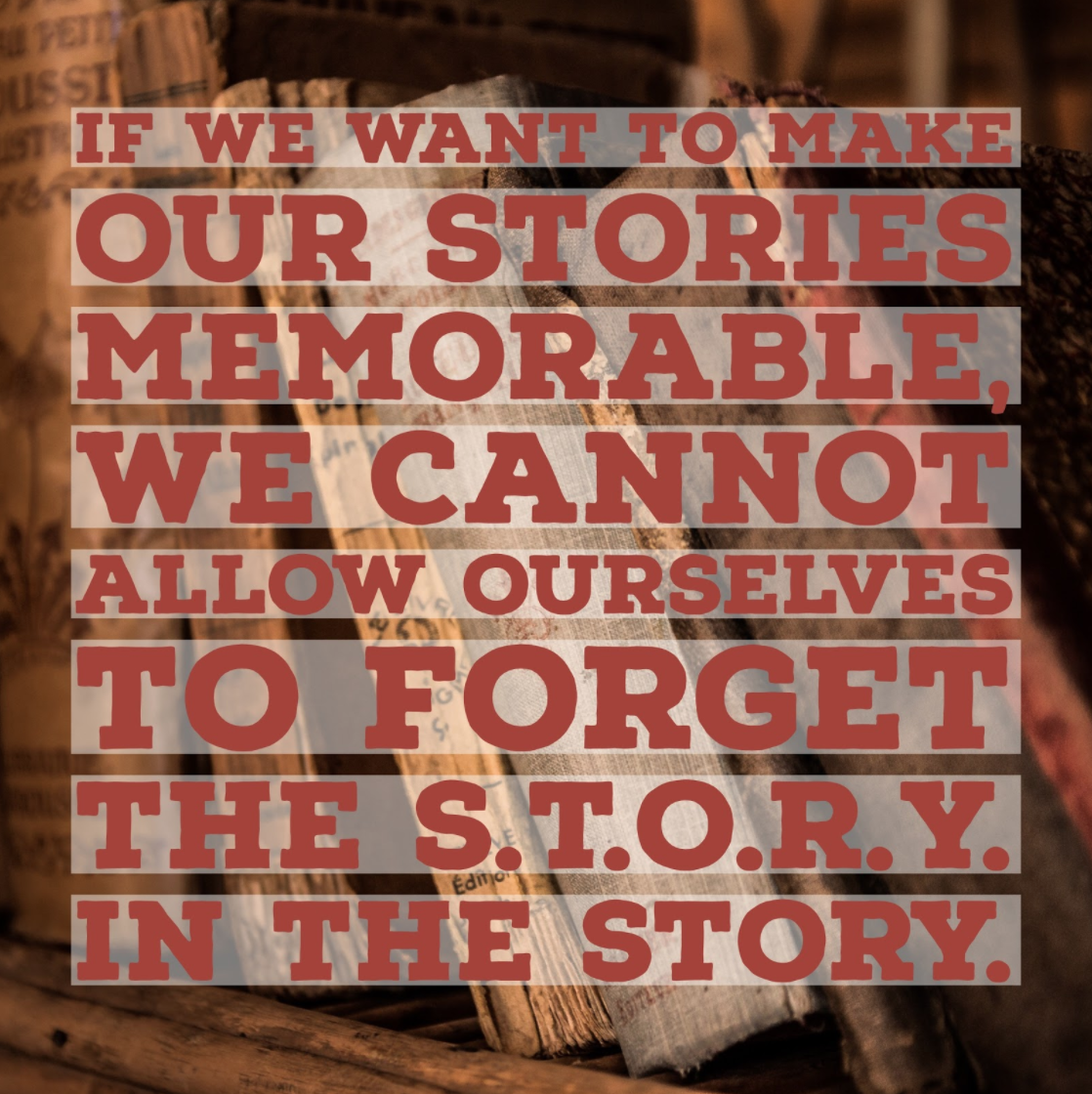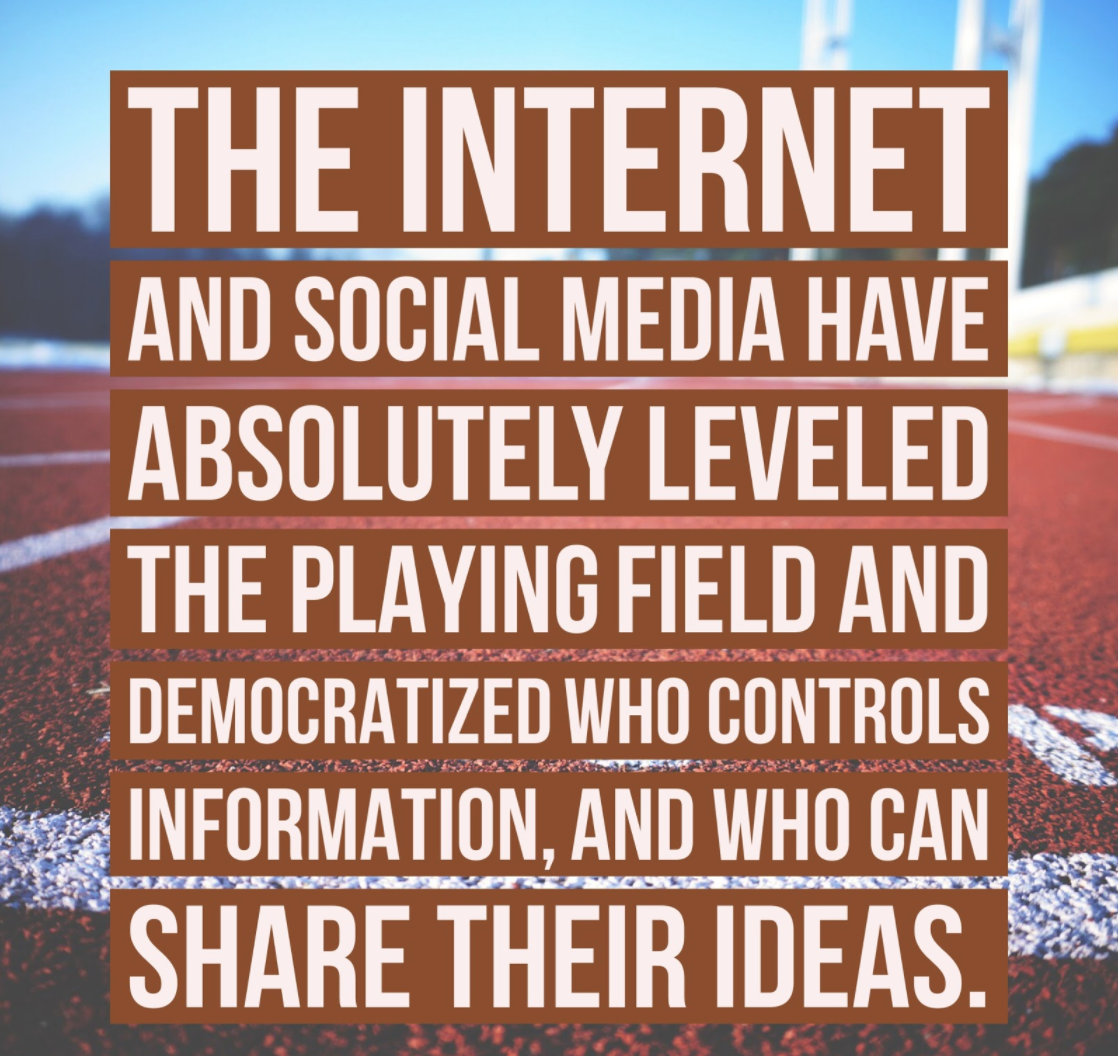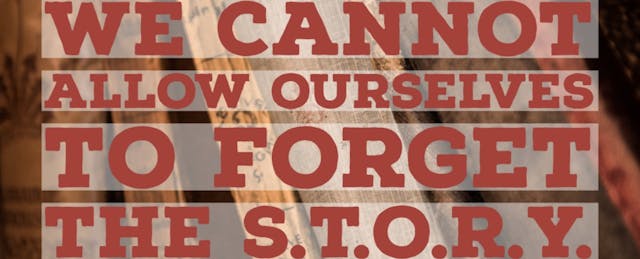Everyone has a story to share. Stories are an integral part of our lives. As educators, we have an opportunity to help our students harness the power of storytelling and multimedia production to help them reach academic benchmarks, and engage in creative processes that equip them with real-world skills regardless of their professional pursuits.
Media creation is so much more than just creating cool visuals; it requires students to create clear and compelling expressions of their ideas. In my former role as a Director of Educational Technology at a K-8 institution, I had the opportunity to partner with teachers to explore how multimedia creation could enhance learning. Creating compelling visuals was easy, even for the youngest of students. The challenge was ensuring that an enduring understanding and evidence of learning were at the core of the media that students produced.
Administrators, teachers, and students need guidelines to understand how multimedia creation amplifies the foundational literacies of reading and writing, in addition to visual and verbal communication skills. These guidelines help ensure that media creation in the classroom is a product of student planning, research, and analysis—not just special effects and soundtracks.
I developed the S.T.O.R.Y. acronym for teachers to help students successfully create media in the classroom.

S is for Scriptwriting and Storyboarding
Scriptwriting and storyboarding are the foundations of telling a good story with multimedia, more so than special effects and computer graphics. Having students develop both script and storyboard does much more than keep their final products organized, clear, and concise. It requires them to go beyond the character lines, forcing them to answer questions of "where is the story going?" and "what are these characters going to do?"—all while helping them better understand the mechanics of what makes a great story come to life.
T is for Transitions
Have you ever watched a video from a single visual perspective? Besides the “Blair Witch Project”, the approach lacks engagement and becomes monotonous very quickly. Students need to understand that transitioning between scenes, camera angles, and characters contributes to a more dynamic, interesting, and memorable experience. This also pushes their organizational and production skills. The process of developing transitions in media can also help students develop stronger writing skills as they see introductions, transition sentences, and conclusions take physical form.
O is for Original
O is for original—not as a requirement—but as a discussion. Originality doesn't have to be one of a kind. Students can use media creation as a process to understand how remixing and reworking content can lead to original and novel ideas. It also may help students understand how to properly quote and source content as they visualize the boundaries between their own work and that of others.
R is for Real
Even the best fantasy films feel real. They make us want to become a jedi, or travel the seven seas with pirates. Students can use multimedia production as a platform to take the learning in their classes and make it real for themselves. In education we talk a lot about the real world that is beyond the walls of the school. How can we make the learning inside our classrooms more real for our students?
Y is for You!
My favorite part of the S.T.O.R.Y. acronym is the Y, because it should be the last component of a great story—the cherry on top so to speak. Before we start to personalize media content, we need it to have substance. The story needs to have a soul, which will give students the space to then enhance it with their own personal touch. Too many times, I find students embarking on media creation in film, slideshows, and graphic design by starting with the background color or font selection before there is anything to actually enhance.

So how will you introduce storytelling in your classroom? How might you use the S.T.O.R.Y. formula to give students the structure to create engaging multimedia content? Consider for a moment the relationship that students currently have with consuming and curating stories. You’ll find that today’s social media is doubling down in the storytelling space. Snapchat, Instagram and Facebook have all embraced what I would describe as a storytelling sprint. A less than 60 second sound bite that you hope others will love and learn from. With this in mind, I think it is absolutely critical for us to help our students develop technology and media literacies in multimedia creation even if “learning to use Snapchat to harness your passion” is not yet a course at your school.
One tool that I am a bit obsessed with at the moment is Apple's new Clips App for the iPhone and iPad. This app gives even kindergarteners the ability to tap into the power of storytelling. Clips is the modern day descendant of iMovie, which is now 18 years old. (I remember using iMovie in 2006 to edit and produce short films in art school.) With Clips, you can quickly add content and stitch it together to create a short (or long) film that includes an intro, transitions, and the greatest feature of all—captions! The captions alone are worth their weight in technology gold. Not only does do they make content more accessible, they requires students to ensure that their transcripts are clear and error-free. I use clips to create an almost daily vlog on Instagram called #EduDash where I share a daily dose of education inspiration.
At the end of the day, what drives us to create and consume stories is the value they offer. By introducing our students to the storytelling process and methods of creation we are giving them an evergreen mindset to provide value and benefit for others. Whether it's entertainment, education, or genuine inspiration, our students need to understand that the internet and social media have absolutely democratized who controls information and who can share it. It is up to us to ensure that they are prepared to change the world in a way that is articulate, confident, and clear.


